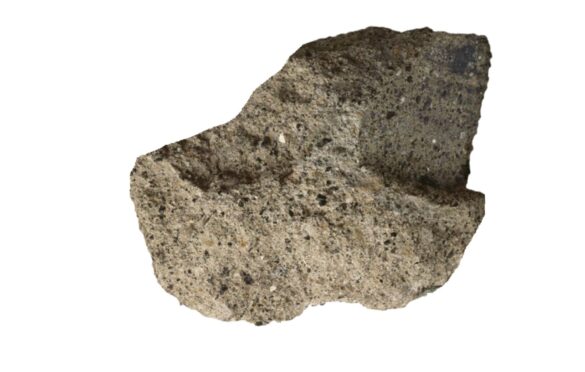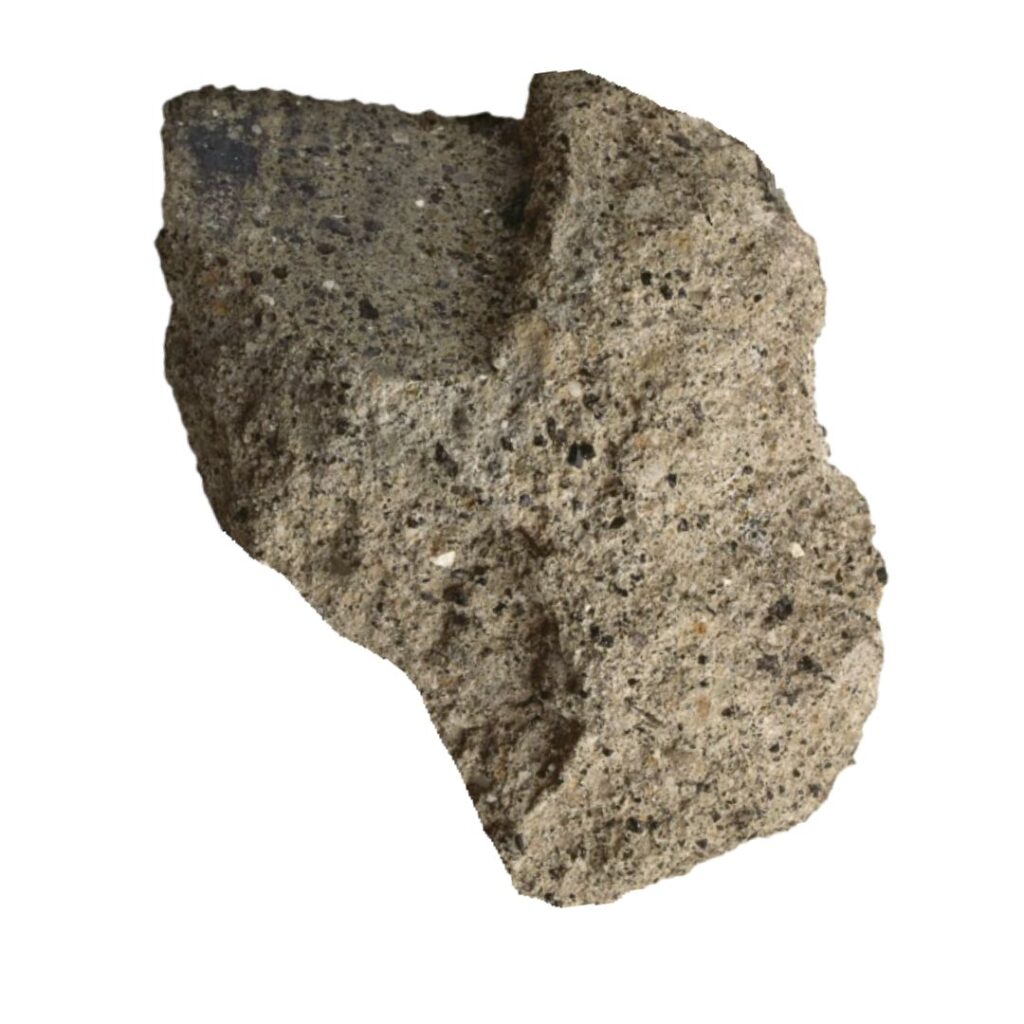Lithic Tuff

Lithic tuff, a captivating geological wonder, has piqued the curiosity of geologists and enthusiasts alike. This pyroclastic rock, abundant in lithic fragments, holds a unique place in the world of geology. In this comprehensive guide, we’ll delve deep into the world of lithic tuff, exploring its texture, origin, classification, and practical applications. Join us on this fascinating journey to uncover the secrets of lithic tuff.
What Is Lithic Tuff?
This is a pyroclastic rock (tuff) in which lithic fragments are more abundant than either crystal or vitric (glassy) fragments.

Texture of Lithic Tuff
A fine-grained rock, tuff consists of consolidated volcanic fragments that are usually less than 1⁄12 in (2 mm) in diameter. Lithic tuff contains a variety of crystalline rock fragments that may be of rhyolitic, trachytic, or andesitic composition.
Origin Lithic Tuff
This rock forms as a deposit from volcanic ash blown into the atmosphere. Lithic tuff sometimes accumulates underwater, when strata may develop. Grading of these layers may take place, and the tuff can have a variety of structures associated with sedimentation, including layering and banding. From very explosive eruptions, ash is often carried many miles into the atmosphere. Wind systems then carry the ash to settle a long way from the original volcano. When this happens, the dust particles, blown high into the atmosphere, may cause beautiful sunsets.
Applications of Lithic Tuff
Beyond its geological significance, lithic tuff serves practical purposes in various fields. Let’s explore some of its applications and the global production of this intriguing rock.
Practical Utilization
Lithic tuff’s unique combination of fine-grained texture and diverse fragments makes it a valuable material in construction and landscaping. Its lightweight nature and durability make it an excellent choice for building facades, garden pathways, and decorative elements.
Global Production and Demand
While exact production figures may vary, lithic tuff is in demand worldwide due to its versatile applications. Regions with active volcanoes often have significant reserves of lithic tuff, which are actively mined and processed for commercial use. The exact quantities produced can fluctuate based on market demands and geological factors.
Conclusion
In conclusion, lithic tuff stands as a testament to the remarkable forces of nature that shape our planet. Its origin, texture, classification, and applications make it a captivating subject for geologists and enthusiasts alike. Whether you are exploring its rich geological history or considering its practical applications, lithic tuff continues to intrigue and inspire those who delve into its mysteries.
As we journey deeper into the world of geology, the exploration of such fascinating rocks as lithic tuff reminds us of the boundless wonders that await us beneath the Earth’s surface.
Table: Key Points
| Topic of Lithic Tuff | Key Points |
|---|---|
| Texture | – Fine-grained texture with volcanic fragments < 2 mm |
| Origin | – Pyroclastic |
| Classification and Grouping | – IGNEOUS (Felsic to mafic) |
| Crystal shape | – Fragments |
| Color Variations | – Medium |
